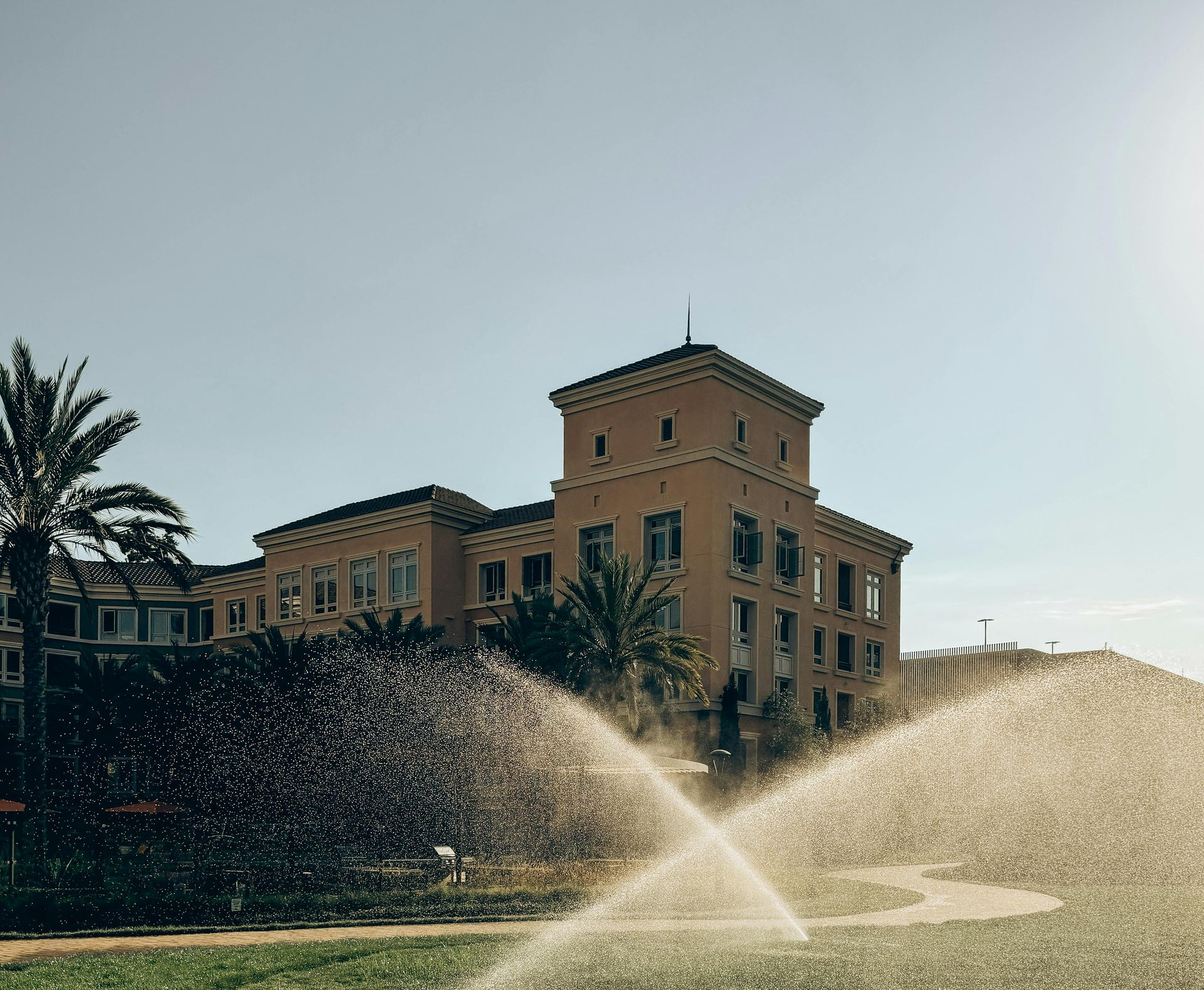The Origins and Founding of Santa Clara:
Santa Clara’s rich history begins long before its current role in Silicon Valley. The area was originally home to the Tamien Ohlone people, who thrived along local creeks and open grasslands for millennia. European contact began with Spanish explorer José Francisco Ortega in 1769, but the most transformative moment came in 1777 when Mission Santa Clara de Asís was founded by Junípero Serra, making it the eighth mission in California’s Spanish mission system.
The mission’s name honors Saint Clare of Assisi, a rare dedication to a female patron saint (most missions honored male saints). Built beside the Guadalupe River, the Mission faced repeated floods, earthquakes, and fires, leading to multiple relocations—its fifth church (dedicated in 1825) still stands today as the bright façade of Santa Clara University, the oldest university in California.
Fun Historical Facts:
- Santa Clara University began in 1851 on part of the old mission site, intertwining educational roots with religious origins.
- In 1905, pioneering aviator John J. Montgomery launched the West Coast’s first manned glider flights here—decades before mainstream aviation took off.
- The Alameda, originally built in 1799 as the first true road in California, connected Mission Santa Clara to San Jose. It later became a toll road during the Gold Rush, with fees of 10 cents per buggy and $1 per stagecoach.
From Orchards to Microchips: Transformative Milestones.
The city’s lush agriculture dominated until the mid-20th century. But by the 1950s, innovation began its push. Santa Clara played a central role in the birth of the semiconductor industry, replacing orchards with chip fabrication facilities—the heart of modern Silicon Valley.
Another driving force was Silicon Valley Power, the city’s municipal utility established in 1896. It transitioned from locally generated direct current to wholesale alternating current in 1903. Later innovations include generating renewable power, launching the Silicon Valley Power brand in 1998, and pioneering citywide public Wi-Fi in 2013.
Meanwhile, transportation evolved: gliders gave way to trolleys, then light rail and major highways. Today, Levi’s Stadium and corporate headquarters (Intel, AMD, Nvidia) illustrate Santa Clara’s dual role in culture and tech—the past and future woven into one landscape.
Trivia & Tales Homebuyers Will Love
-First School in the CSU System: San José State University was the first institution in the CSU system.
-Alum Rock Park: Founded in 1872, and California’s oldest municipal park.
-Family Farm Legacy: The Cosentino Family Farm is one of the last operating orchards in Kooser, preserving a slice of San José’s agricultural past.
Why History Matters in Real Estate
-Neighborhood Character & Legacy: Historic districts near the Mission or early homes offer authentic roots—great for buyers seeking charm and a sense of place.
-Land Use Patterns: Many original orchards and early buildings have given way to modern developments, yet pockets of historical zoning or character still influence property desirability and value.
-Infrastructure & Innovation: Santa Clara’s early embrace of utilities, transit, and renewable energy infrastructure supports fast market growth, dense development, and competitive housing demand.
-Cultural Layering: A property near the campus of Santa Clara University or along Alameda carries deep layers of civic, educational, and architectural significance—something buyers often value beyond the price tag.


